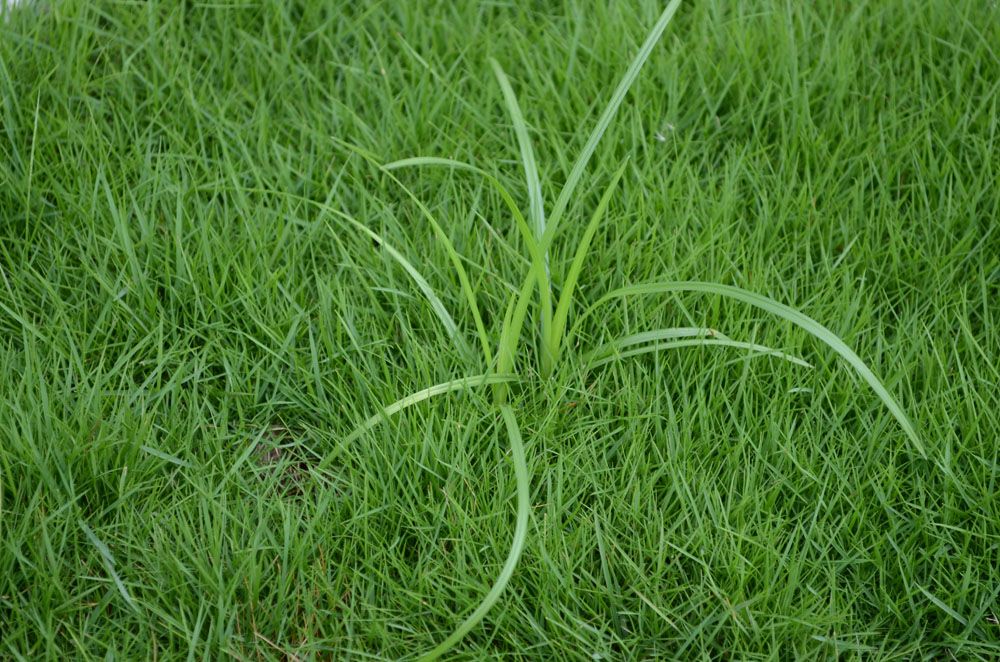
Nutsedge
Nutsedge Prevention and Control -A Complete Guide-
Nutgrass, sometimes known as nutgrass, is an issue in turf because it grows quicker, more uprightly, and has a light greenish-yellow color than most grass species, resulting in a nonuniform turf. It prefers damp, poorly drained areas of your lawn or garden. It’s vital to remember that the appearance of nutsedge is usually an indication of overwatering or a leaking sprinkler.
What is Nutsedge
Yellow nutsedge is a native of North America that may be found across the country. It is one of the cold-tolerant sedge species. Yellow nutsedge is a fast-growing perennial with brown to tan tubers at the extremities of its rhizomes. It receives its name from the seed head, which is yellowish-brown or straw-colored. This weed may be a major issue in both warm-season and cool-season grass species. Purple and yellow nutsedge can be recognized in numerous ways.
Yellow nutsedge only develops tubers at the ends of rhizomes, but purple nutsedge produces tubers in chains joined by rhizomes. Purple nutsedge has deeper green leaves and has a distinctive reddish-purple seed head. Purple nutsedge leaf tips are blunter than yellow nutsedge leaf tips. Although this plant can be tough to eradicate, it is considerably easier than other sedge species; thus, precise identification is critical.
Signs of Nutsedge
Although it has the appearance of grass, the leaves are larger and stiffer than other grasses and are organized in groups of three at the base. The stems are solid as opposed to hollow. It’s difficult to regulate since it develops quickly from tiny tubers that emerge on the roots to full plants in a matter of weeks. Buds on the tubers sprout and expand to generate new plants, eventually forming patches 10 feet or more in diameter.
Lifecycle
Nutsedges in yellow and purple are perennial perennials. Their leaves and flowering stalks normally die back in the fall as temperatures fall, but rhizomes survive in the soil and sprout if soil temperatures remain above 43°F for yellow nutsedge and above 59°F for purple nutsedge. The bulk of tubers grow in the top six inches of soil, where they can live for one to three years. Most nutsedges sprout from tubers in field crops, and seeds don’t contribute much to the plant’s spread; nevertheless, no research has been done to evaluate the significance of seed in the spread of nutsedge in the landscape.
Management: Prevention and Control
When temperatures begin to fall in the fall, the weed dies down, but the tubers survive in the soil and grow the next fall if soil temperatures remain above 40-50 degrees. The greatest method to handle nutsedge is to keep it from spreading in the first place. This can be accomplished by eliminating tiny plants before they form tubers. They are removing as much of the plant as possible forces the tuber to develop a new plant, diverting its energy reserves from tuber formation to leaf production. It will ultimately exhaust its stored energy and die. To prevent regrowth, treat with a post-emergent herbicide as you pick them out. A thorough natural lawn care regimen will be your first line of defense against weeds such as nutsedge.
